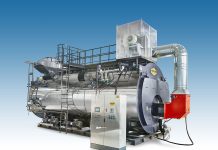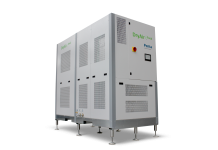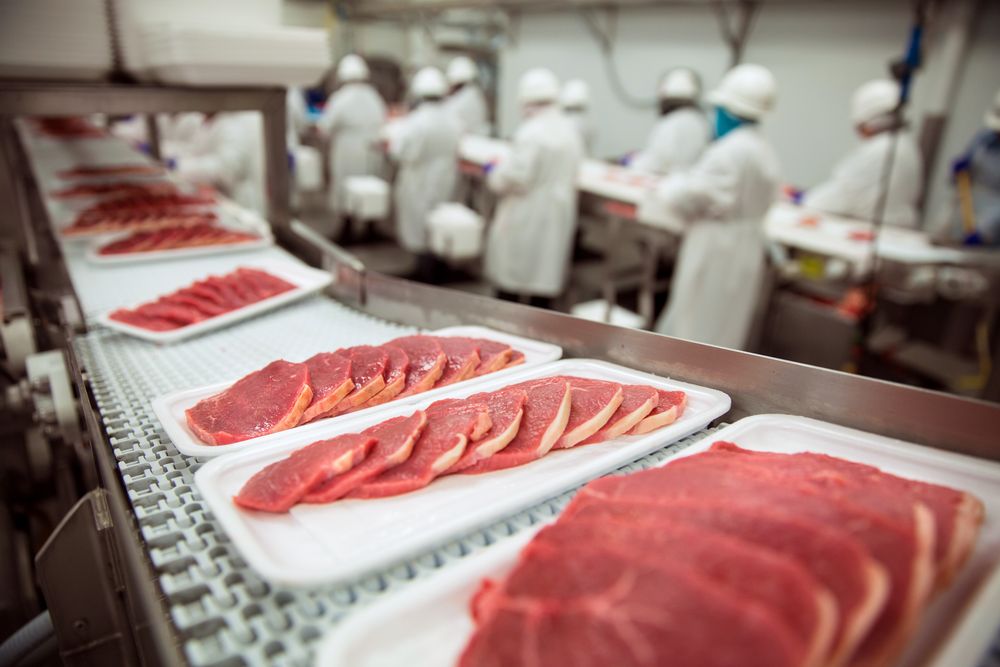 Meat processing firms can choose between machines and complete, flexible and integrated solutions that cover the entire production process: from processing to cutting, mincing and mixing, up to the portioning and packaging, in compliance with the laws on food safety and hygiene.
Meat processing firms can choose between machines and complete, flexible and integrated solutions that cover the entire production process: from processing to cutting, mincing and mixing, up to the portioning and packaging, in compliance with the laws on food safety and hygiene.
by Stefania Milanello
All meat processing stages can be optimized by selecting the most advanced machines and production lines available on the market. The ability to innovate must be combined with the flexibility of use. Considerable advantages for the firms can be obtained with time and space optimization; reduction of labor costs; possibility of using the same machine in different moments of the production process and in different ways, depending on the product to be processed.
An example of this are the solutions for forming, bagging, tying and clipping of products such as bacon, different types of sausages and processed meats, hams, roasts in natural or plastic casings. These extremely flexible machines may be used for bagging products intended for drying, curing, smoking and even cooking. The flexibility also regards the diameter of obtainable sizes. It is also possible to simultaneously package products in the casing and net, saving time and labor. Modern machines must be suitable for integration with additional systems and accessories and, if required, should be able to increase their production capacity even later on.
Not only, even longer durability of materials and longer maintenance intervals and more reliable machines are required. Production flexibility is certainly one of the most valued properties of meat processing machines. Among these, there are high-speed wrapping machines integrated with weighing, pricing and labelling systems. Modern forming machines can form different types of products, like meat balls, hamburgers, and other products, as co-extruded products; they are even suitable to match different bagging machines.
Automatic dicing machines are more accurate even with harder meat cuts, such as bacon, different types of sausages, and cooked ham sticks. All machines are pointing to combine greatest efficiency with maximum saving, because sustainability means process optimization and energy saving. The food industry want to provide consumers with the best service. The packaging of over-the-counter meat can affect consumer’s choice. Thermoforming machines for the production of vacuum packages allow an optimal preservation in the refrigerator or freezer, and in some cases even cooking in films both in traditional or microwave ovens.
There are not only free-standing machines, but also integrated lines consisting of different solutions: entirely automatic multifunctional portioning systems and trays-packing systems for sliced meats, and automatic heat-sealing machines fed by conveyor belt. The last solution allows the machine to be integrated in any packaging line. Modern machines have a high energy efficiency, are designed for complete washing and can be adjusted and equipped to suit the processing line.
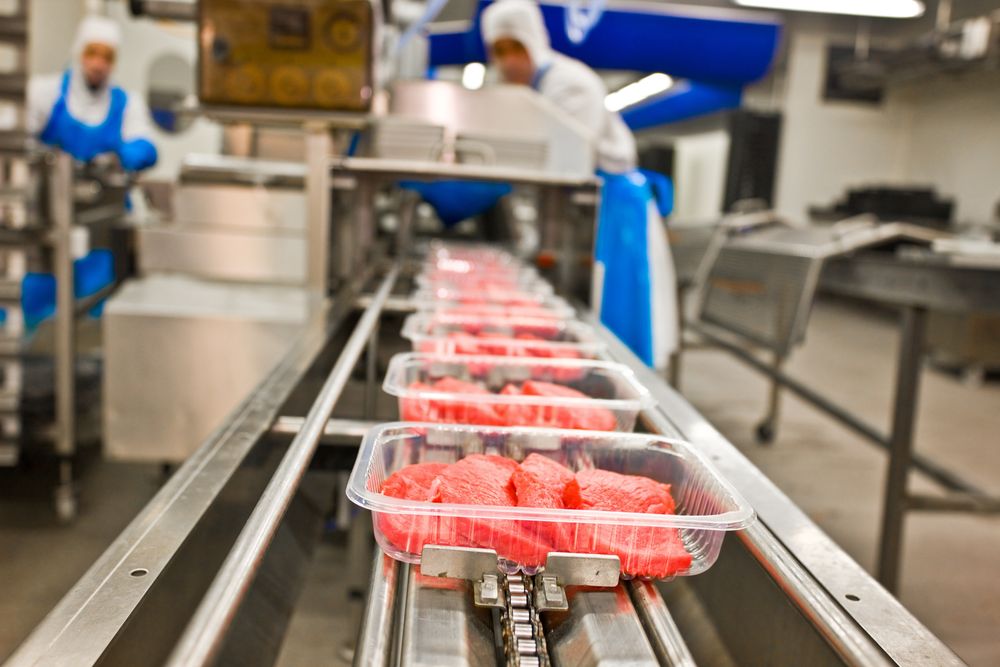 Checked products
Checked products
The in-line controls and inspections are an established reality in the food industry, especially in meat processing industries. An example of this are in-line analysis systems of grease, weight and foreign objects, and the devices for the chemical analysis for real-time controls. Companies can rely on RFID (Radio Frequency Identification) systems to monitor the whole meat preparation process. The transponder may be installed in the carcass to monitor the movement of the animal throughout the production chain.
The RFID system must be able to withstand – even considerable – temperature variations and humidity, which may occur in the various phases of the process. They must also meet the requirements of quick long-range transfer of data. Rfid technology allows to update or change the product information at each stage of the production process – as for instance the weight, dimensions and thickness of the fat layer in the meat, veterinary test results, all this without product contact.
This identification technology is also almost completely maintenance free. Lines, product control systems and all the technologies that control the raw material processing and its packaging are becoming more intelligent. Production management software systems that connect all processes and provide real-time data on several indicators are increasingly used, thus allowing to keep them constantly under control.
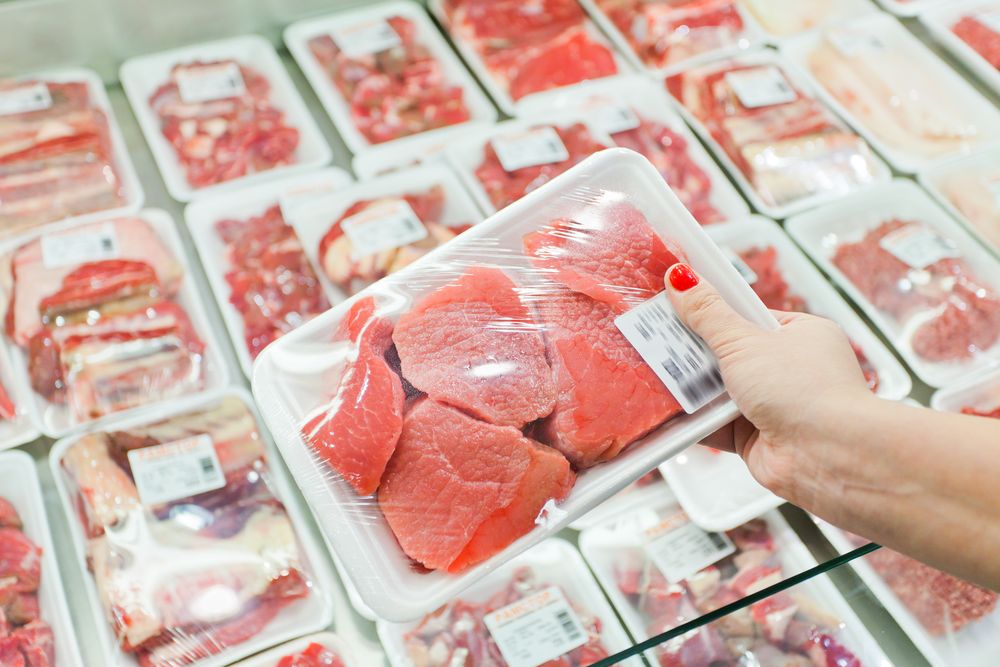
Plastic Films
The new generations of plastic films offer maximum product hygiene and safety, thanks to the barrier version and a good printing yield even when digital technologies are being used. Specific technologies ensure rigidity, high gloss, transparency, thermal resistance, without compromising the sealing and strength properties. The market offers films in different versions: high barrier, with PA, antifog. The reduced thickness of some plastic films and of new plastic films derived from raw materials of vegetable origin provides for savings of material, transport costs, released CO2. These products are more sustainable and offer greater efficiency in the packaging process.
Equipment sanitisation
The hygiene of food products is a prerequisite. Companies thus propose innovative solutions for the sanitization of equipment used in the meat production process. Different types of machines for washing, drying and sanitizing any type of product and equipment used in the meat sector are available on the market – as for instance molds for cooked ham, trolleys, frames, knives, blades, boxes, baskets, containers, pallets and tanks.
The proposed solutions range from stand-alone or in line robotic systems for washing, sanitizing and drying the equipment used in the meat sector, also with CIP systems (Clean In Place). The continuous washing processes can be integrated in the different production lines. The research also points to the limited use of water and detergents, for a reduced environmental impact.
Refrigeration and defrosting plants
Technologies for the cold chain are essential for preserving products before, during and after processing. It is generally known that meat is highly perishable. For this reason firms use refrigeration systems equipped with automatic and control systems for its processing and storage.
To this purpose, there are cells for the storage of meat at normal temperature, low temperature cells for storing frozen meat, pre-cooling and freezing tunnels, processing room conditioning, curing and drying cells for hams and sausages, heat recovery systems for the heating of processing areas and process/washing water. The mechanical manipulation of meat causes an increase in temperature with possible negative effects on the organoleptic and nutritive properties of treated products.
The market proposes refrigerated meat mincers with automatic mixer and feed pan, which are easy and quick to disassemble for cleaning purposes. Refrigerated meat mincers feature air-cooled window, head and hopper. This system allows to maintain an optimum working temperature of 2°C to control the bacterial load. This contributes to reduce the perishability of minced meat, thus extending the shelf-life of the product which is characterized by absence of dripping and better texture.
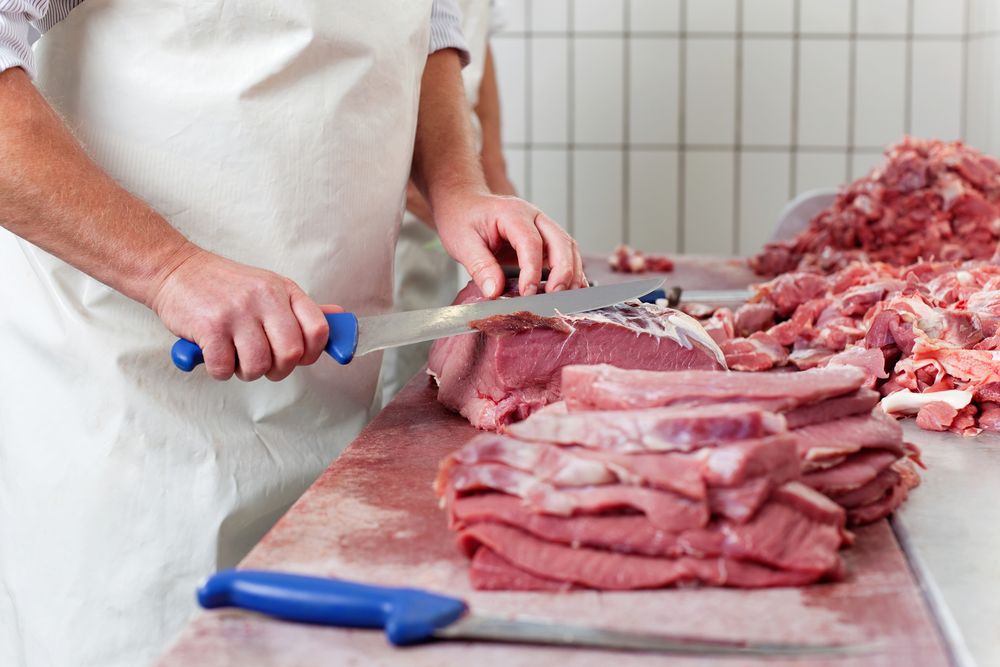 Many measures must be taken even for the thawing of meat. Radio-frequencies can be used for quick meat defrosting, but also for other food products such as fish, fruit and vegetables. Classic defrosting methods entail a series of problems: delays between the picking of the product from the warehouse and the subsequent processing or use of meat, and consequently an increased likelihood of microbial proliferation; losses due to dripping, long defrosting times, and changes in the product structure. The radio-frequencies quickly transfer energy directly to the heart of the product, developing endogenous heat.
Many measures must be taken even for the thawing of meat. Radio-frequencies can be used for quick meat defrosting, but also for other food products such as fish, fruit and vegetables. Classic defrosting methods entail a series of problems: delays between the picking of the product from the warehouse and the subsequent processing or use of meat, and consequently an increased likelihood of microbial proliferation; losses due to dripping, long defrosting times, and changes in the product structure. The radio-frequencies quickly transfer energy directly to the heart of the product, developing endogenous heat.
The polar molecules of the product, mainly water, are subjected to the electromagnetic field, and undergo a vibro rotational effect that causes the dissipation of energy in the form of heat. Consequently the internal temperature of the product rises quickly and uniformly, regardless of its size, weight, density and thermal conductivity.
With radio-frequencies, meat defrosting takes place in minutes and not hours; the speed and consistency of the process minimizes the spoilage of the product, preventing the loss of liquids, the deterioration of the chemical, physical and organoleptic properties, and microbial proliferation. The product placed on the machine’s conveyor belt can be transferred continuously.
Perfect maturation
Modern meat maturing systems allow longer maturation processes, which is highly sought-after in small-scale food service businesses. These systems feature electronic control for the management of temperature, humidity and air circulation inside the chamber; a measured and scheduled oxygenation system, which disables micro-organisms and molds; a scheduled sanitization and deodorization, which can be activated at the end of each process.
The oxygen distributed inside the chamber allows to cut the aging duration and to control the colour alteration of meat; furthermore, it contributes to reduce the bad smells developed during meat maturation. Weight losses are limited thanks to humidity generators, which create an even distribution of the humidity in each point of the aging chamber. A pH probe assesses the aging progress of each single cut throughout all the aging process.


